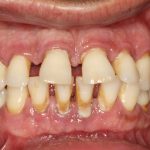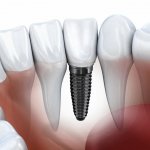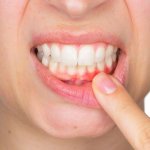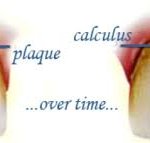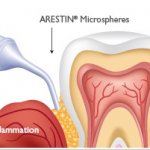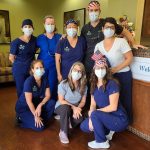A team of international researchers published their findings in the Journal of Clinical Periodontology this month stating that patients with Gum Disease are more likely to have severe complications from COVID-19. 568 patients were studied and those with periodontitis – the most severe form of gum disease – were more likely to experience COVID‐19 complications. These complications included including death, ICU admission, and the need for assisted ventilation.
Dr. Todd Britten, a periodontist in Clearwater, Florida says that this study reinforces what he tells his patients every day – Oral health is extremely important for overall health. “This study, showing that patients with gum disease are at least three times more likely to have severe complications from the COVID-19 virus, shows us that treating and controlling periodontal disease remains extremely important, even in a pandemic.”
Dr. Britten stressed this study shows patients should still continue to see their periodontist or dentist. “Depending on your needs, your dentist or periodontist can treat gum disease infection through surgical or non-surgical therapy.” Dr. Todd Britten also said it is crucial that patients also keep dental hygiene cleaning visits to prevent gum disease and for those who have been treated for gum disease in the past stay on a 3 or 4 month schedule with their dental hygienist to avoid periodontal reinfection.
The findings also show the importance of good oral hygiene care at home during the COVID-19 pandemic, says Dr. Britten. According to the Academy of Periodontics, the nation’s leading organization of periodontists, “systemic inflammation is not only linked with periodontal disease, but to several other respiratory diseases as well.” Dr. James G. Wilson, President of the AAP states that this study linking periodontitis and COVID-19 complications, “Therefore, maintaining healthy teeth and gums in an effort to avoid developing or worsening periodontal disease is absolutely crucial in the midst of a global pandemic like COVID-19, which is also known to trigger an inflammatory response.” Dr. Britten states he emphatically agrees with the AAP.

